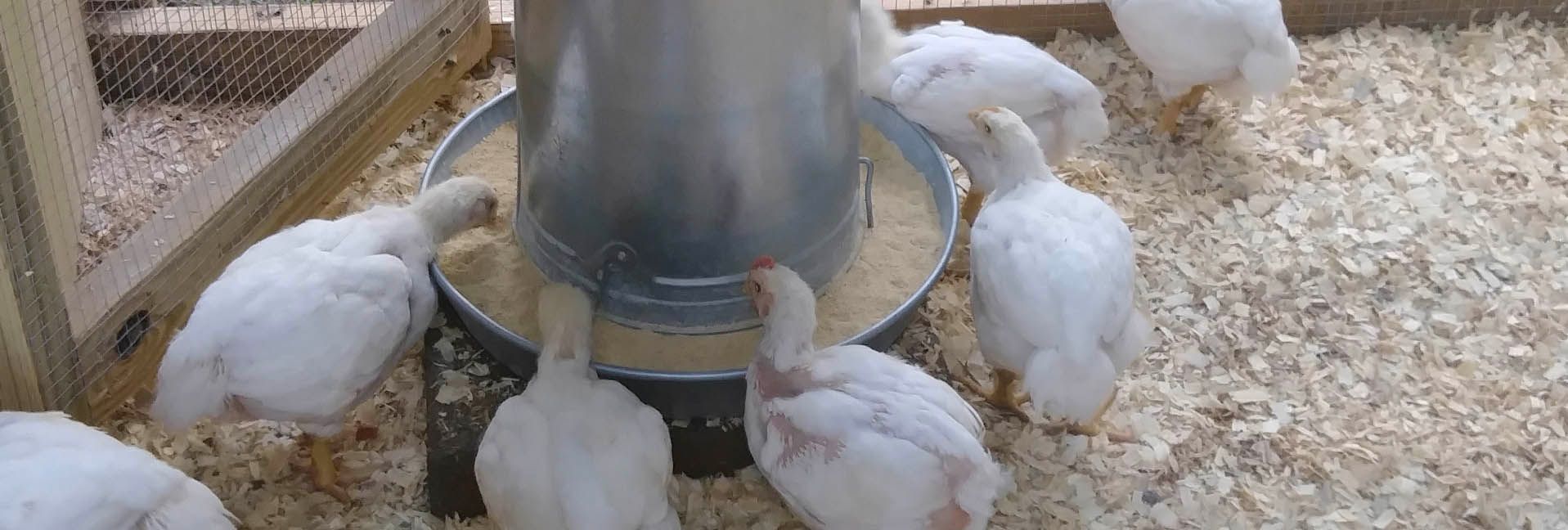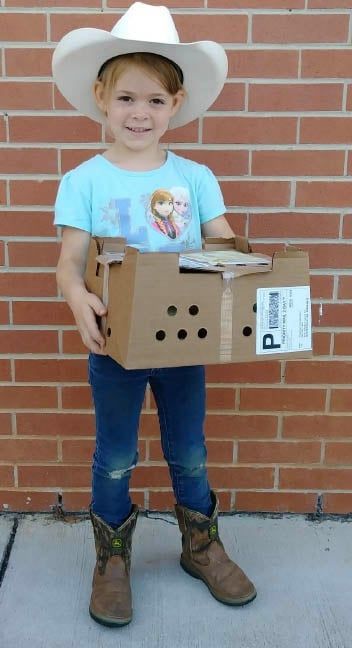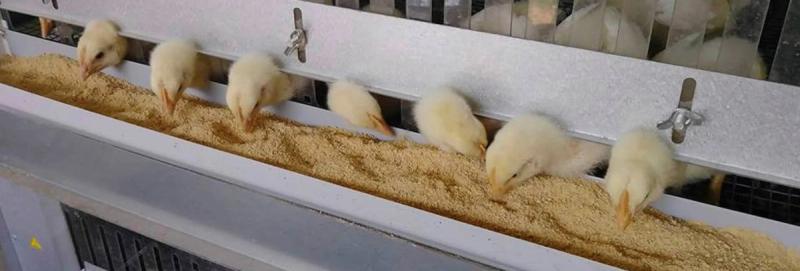Raising Backyard Meat Birds: Part 1 - A Step-by-Step Poultry Processing Journey


I can remember about nine or ten years ago, somewhere between 2008 and 2009 when the economy was not doing so well in America, I set up a poultry processing class in the Atlanta area. The backyard chicken movement was still in its beginning stages, and most folks were just getting started with a laying flock, and these ultimately became their named pet chickens. However, it ended up being one of my most attended classes.
During class breaks, I would randomly ask them why they were attending the poultry processing class. Some of the answers I received were, “I could never do this, but I wanted to see what it was all about.” “I don’t ever plan on doing this, but I wanted to be prepared with the knowledge to do so, in case I ever needed to do it.” “I’ve had pet chickens and laying chickens for a while now, and I’m considering raising a small flock of meat birds for my family.”
After asking probably 25 attendees the same question, I realized I was getting the same three answers which boiled down to:
- I would never do this, but wanted to see
- I might do this if I had to, and
- I’m thinking about doing this.
Ten years later, and I still get the same three answers when I ask about raising backyard meat birds.
So, I decided to embark on this journey, and basically film the entire process for my fans and followers. (Visit The Chicken Whisperer page on Facebook to see progress videos.) Now, I’m not a meat bird expert by any stretch of the imagination, but I have raised meat birds before, so I have a general knowledge of what it takes.
Follow along here
I decided to start off with a fast-growing meat bird, the Cornish Cross, because once this eight-week project was complete, I want to do the same thing with either a slower growing meat bird, or even a dual-purpose meat bird, and show folks the difference. Then, if they decided to embark on this journey, they would have the information needed to decide which bird they wanted to use, and have a better understanding about what to expect.
So, I contacted one of my hatchery sponsors, Cackle Hatchery, to tell them about my planned project, and they graciously agreed to send me 11 Cornish Cross meat birds. I had about seven days to prepare for their arrival, so I cleaned and disinfected my favorite brooder, the GQF Universal Brooder Box, which makes brooding a breeze, and ordered my favorite feed from Kalmbach Feeds, a good broiler feed. I also knew from previous experience that these birds not only eat and drink a lot, but poop a lot as well, so I made sure I had plenty of Sweet PDZ Coop Refresher on hand to help with the ammonia odor in the brooder.
I purchased a nice digital scale, because I wanted to document their growth through the entire process for my fans and followers because many of them were also very curious and interested about raising meat birds. Now, in my mind, I was figuring on raising these Cornish Cross meat birds for eight weeks with a target weight of 6 to 6 ½ pounds.
Poultry pickup day

On Monday morning, July 16th, I received an early morning phone call from the post office that informed me that my chicks had arrived! Since my seven-year-old son went to the post office with me few weeks earlier to pick up 200 Bovans Brown pullets, it was my five-year-old daughter’s turn to go pick up the Cornish Cross chicks.
Once we got them home, we did what we always do with new baby chicks. We took them out of the shipping container one by one. We examined each bird carefully looking for any leg deformities, checked for scissor beak, checked to make sure their eyes were open, and checked their vents for any early stages of pasty butt.
Once the general examination was complete, we took the birds and dipped their beaks into the water trough twice, and let them drink down the water. Then we took the birds and dipped their beaks into the feed trough twice, just to make sure they know what feed and water is, and where it’s located in the brooder.
Three days to four weeks of progress
I also weighed the birds. At this point they were three days old. I decided to weigh three of the eleven birds every day to document their progress. On day three, they were coming in between 1.3 ounces and 1.4 ounces. In mid-July here in Georgia, needless to say, it’s hot. I did set the brooder thermostat to come on around 75 degrees, and for the first couple of weeks, it seemed to kick on around midnight or so, but there was no additional heat source during the day.
Throughout the first four weeks, as you can expect, they seem to eat, drink, a poop more each day. I did not weigh the feed or measure the water for this journey, but I did show my fans and Facebook followers how much the birds consumed of each in every video we recorded. We also slid out the poop collection tray so viewers could also see the amount of waste these birds produce.
At the time of this article, it’s been four weeks, and the progress is as follows…
Three Days Old = 1.3 oz to 1.4 oz
One Week Old = 3.4 oz. to 4.3 oz
Two Weeks Old = 10.7 oz to 14.0 oz
Three Weeks Old = 1.5 lbs. to 1.95 lbs.
Four Weeks Old = 2.75 lbs. to 3.00l bs.
They also have completely finished one 50-pound bag of 19% broiler feed, and they went out to the coop at three-weeks of age.

Next month
I have included some pictures of this journey, and I’m looking forward to sharing the next four weeks with you in an article in the next issue. I will also explain some of the science behind why commercial producers can bring these birds to market weight in about five weeks, versus taking us between seven and eight weeks.
Until Next Time,
Power to the Poultry!
Tags:Chicken Chatter

Acreage Life is part of the Catalyst Communications Network publication family.
















